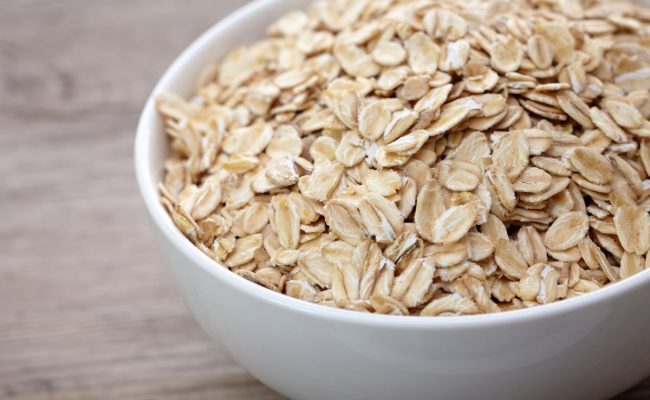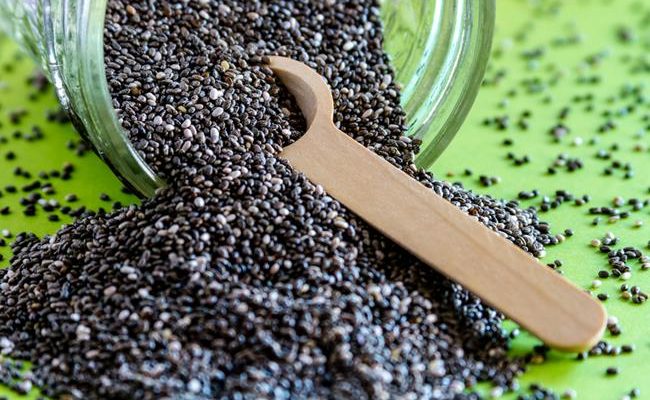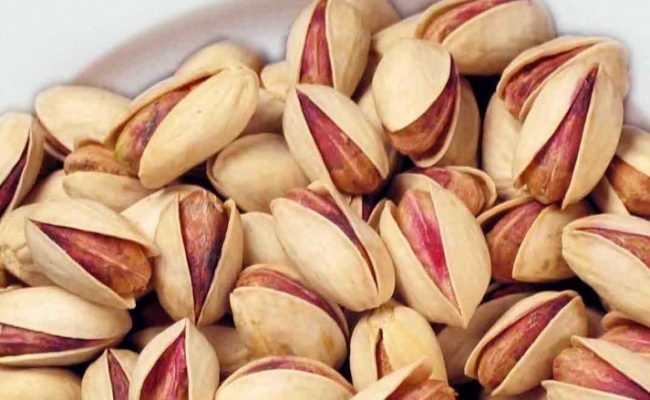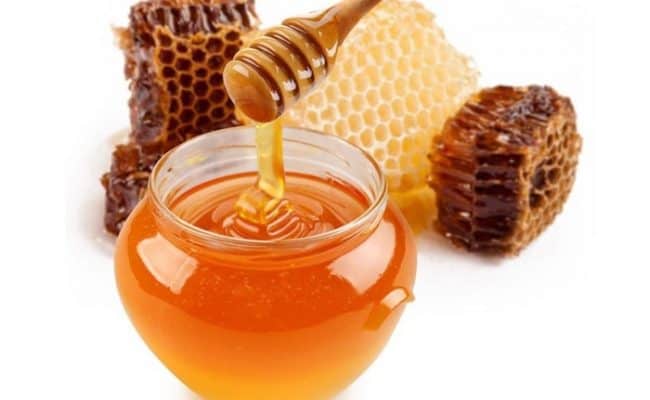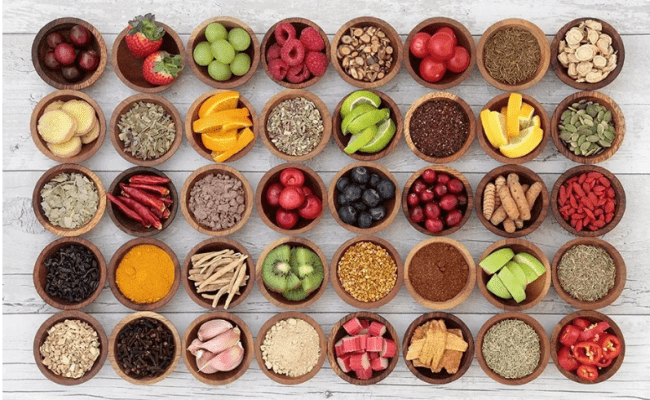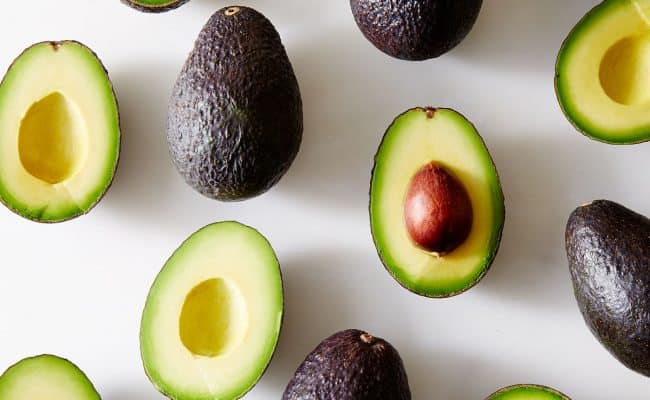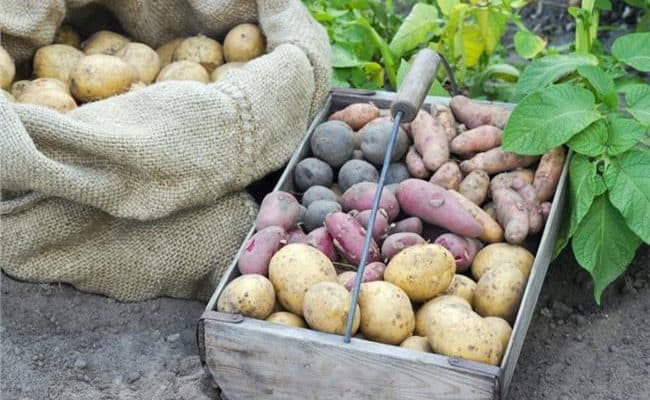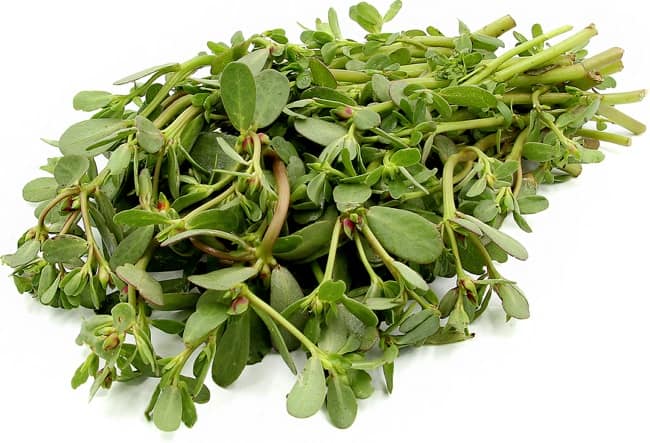
Purslane, Portulaca oleraceais, is a succulent like annual plant that originated in Persian and Indian cultures. While in the US purslane is considered a weed, many other cultures use purslane as a healthy part of their cuisine.
Purslane is considered a weed because it can grow almost anywhere from a cracked sidewalk to infiltrating local gardens. According to University of Illinois Extension (1), purslane can be quite easy to grow as it is fairly drought resistant.
Purslane is getting recognized more and more as a highly nutritious green vegetable that can be added to many dishes instead of just a pesky weed growing around your home.
In fact, an article (2) from the Chicago Tribune claims many restaurants are starting to put purslane on their menu, and farmers are selling purslane at farmer’s markets.
If you haven’t already, you may start to see purslane used in more recipes and restaurants. In fact, many websites, including Epicurious (3), have online recipes for purslane.
It is considered safe to eat, but eating certain parts of the plant may be more palatable than others.
You should also make sure it is purslane you are eating and not other potentially harmful plants.
How to add purslane to your diet?
According to Tama Matsuoka Wong (4), a professional plant forager for New York City chefs, purslane is versatile and can be used for many dishes.
It has a slightly crunchy texture from the succulent leaves and a mild citrus flavor. The leaves, flowers and seeds are all considered edible.
Jamie Forsythe (5), a manager for a restaurant group in Maryland suggests using purslane in cooking when it is raw, barely cooked or cooked thoroughly. Cooking it in between may produce a slimy texture similar to okra.
It can be added to sandwiches, salads, lettuce wraps, stir fried or even pickled. For best results, Tama Matsuoka Wong suggests putting fresh picked purslane directly into a plastic bag in the refrigerator.
Before using, wash thoroughly to remove any dirt or pesticide residue.
If you find purslane growing in a public place, also use caution with picking it and eating it as it may have other bacteria on it from animal by products.
Where to find purslane?
The younger leaves are generally considered the best for part of the plant for eating. Clipping off the top few inches of purslane can provide fresh leaves you can add to recipes. If the stem is tender, you could also include that for eating.
Leaf size can vary but are generally an inch to even two inches long.
How do you know if you have purslane growing in your yard or driveway?
The best suggestion is to double check with a horticulturist. Purslane has small yellow flowers, alternating smooth, succulent leaves that bunch at stems and ends of the plant. The stems are smooth with a reddish tint.
The plant will usually spread out with stems lying flat on the ground (6).
What to look out for
Wong notes sometimes purslane can be mistaken for other plants that look similar like a spotted spurge. If the plant has any milky sap and the leaves are not succulent like, the plant is not purslane and shouldn’t be eaten.
If spotted spurge is eaten, it can cause mild to severe digestive irritation (7). Therefore, if you plan on picking your own purslane, you should make sure what you are picking is purslane and not spotted spurge.
Health benefits
What is so great about this hearty growing weed?
A 1986 research study from The New England Journal of Medicine (8) by Dr. Artemis Simopoulos, president of the Center for Genetics, Nutrition and Health in Washington found that purslane had the highest amount of omega 3’s compared to other leafy greens.
A 1992 article (9) also found purslane contains high amounts of omega 3 and concluded it had more omega 3’s than spinach leaves. This study also found purslane is high in antioxidants vitamin A and vitamin C.
Could eating purslane help you sleep?
Possibly; according to a 2005 study (10) purslane is a source of melatonin.
The health benefits of getting more omega 3’s in the diet has been shown in many research studies. The fact that purslane is so high in omega 3’s is getting the attention from many health professionals and researchers.
Getting more omegas through sustainable plants, like purslane, could help many people get more omegas in their diet and reap the health benefits.
Conclusion
Purslane has been used in many cultures as part of the local cuisine, but in the United States and other Western cultures purslane is growing in popularity.
It is known to be an obnoxious weed, but purslane actually offers many health benefits.
Purslane has been shown to be a rich source of omega 3’s and antioxidants, and it has more omega 3’s than other leafy greens.
Could this be the next “it” super food? Some health experts think so.
Purslane grows widely throughout most climates and can even grow in dry ground. The leaves, tender stems, seeds and flowers are considered edible.
Smaller, tender leaves are considered by many the best part of the plant to eat. Purslane can be used in salads, sandwiches, stir fries, as a garnish or even pickled.
Make sure you wash off purslane before eating it. If you are picking it from the ground, make sure you are accurately identifying purslane and not picking another plant like spotted spurge.
